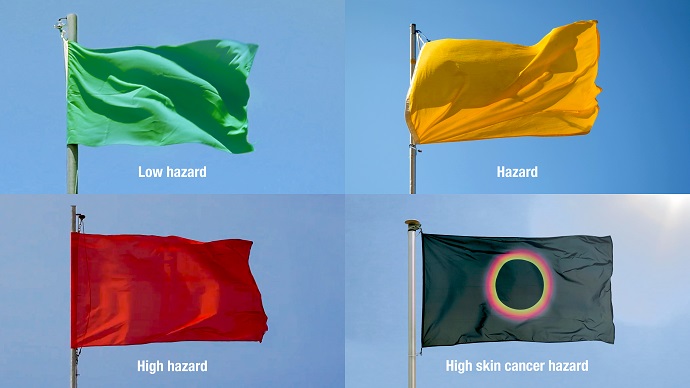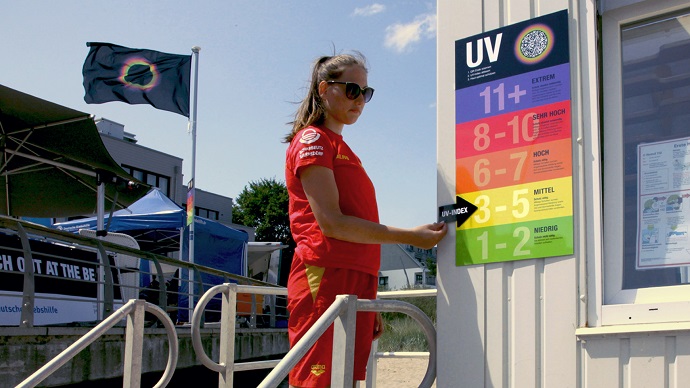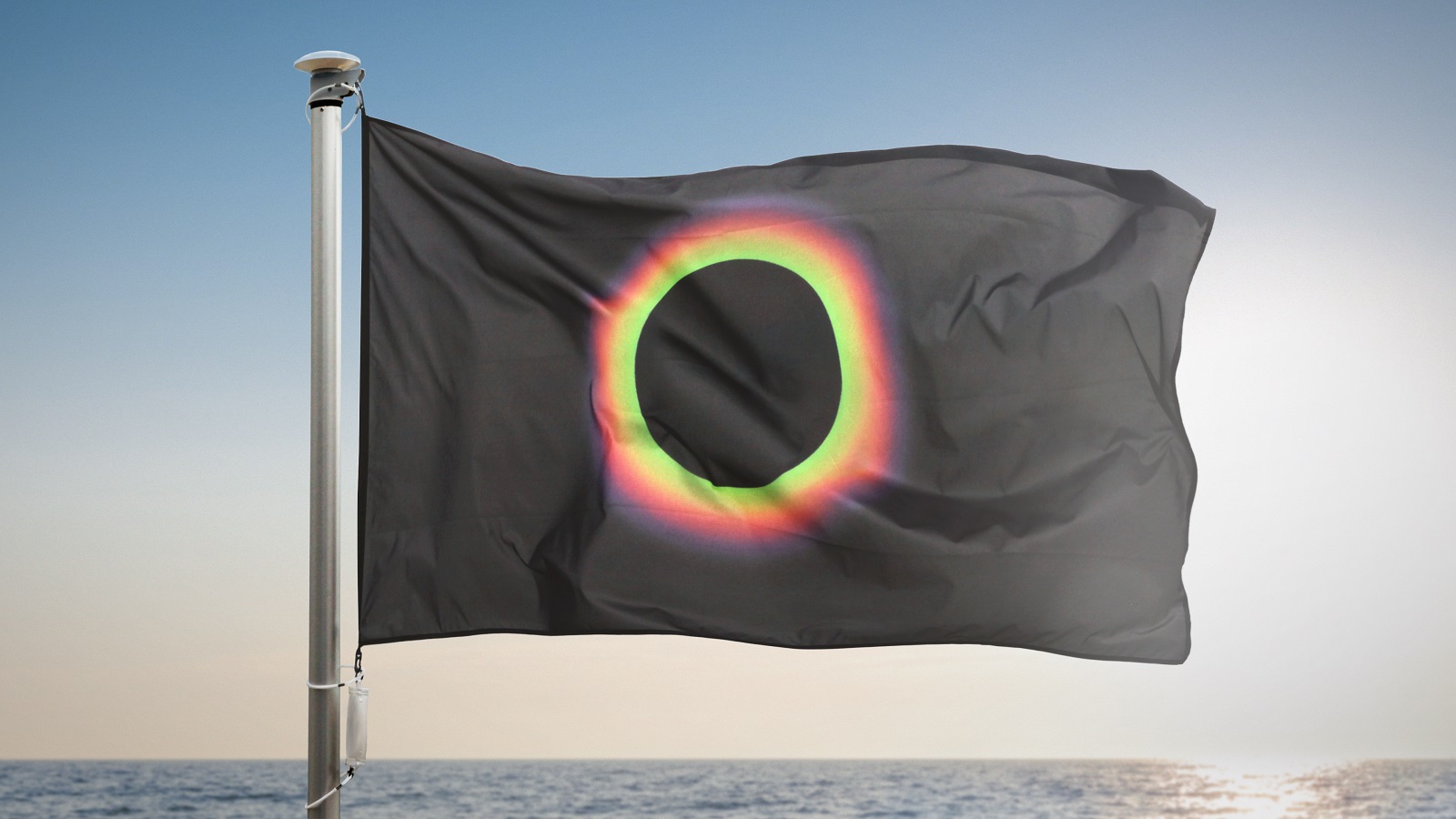Ah, summer! The perfect time for going on vacations and relaxing, preferably at the beachside. The sound of the sea plays constantly in the background and the sun touches us with its warm rays. But as beautiful the sea is, as dangerous this landscape can be. Particularly if the beachgoers don’t know the meaning behind the flags erected at the shore. There are many hazards the waters hide but, luckily, there are signs that can help us prevent a tragedy from happening.
Usually, these visuals warn about the dangers posed by the sea: The green flag signals a low hazard; the yellow one highlights a medium hazard; and the red flag, which means high risk, discourages swimmers from entering the water. The list is long, with different colors and symbols drawing people’s attention to the risks associated with the waters. However, there’s one more factor that can harm us while enjoying the beach; one that is currently tackled by the German Cancer Aid (Deutsche Krebshilfe).

Wanting to flag up its concerns about skin cancer caused by sun exposure, the not-for-profit organization teamed up with Heimat Berlin and five more partners to erect the world’s first Sun Warning Flag. Launched at Timmendorfer Strand as a pilot project and part of the organization’s “Watch Out at the Beach” campaign, the flag is designed to create awareness about the risk of lying in the sun, especially in these times when the Earth’s temperatures are rising up due to global warming.
Following a dark color palette, the flag warns visitors about the dangers of being sun kissed via its eye-catching design. Based on the concept of “melanoma,” a word that comes from the ancient Greek for black, the flag has a black-on-black design with a colorful circle at the center, portrayed as a halo around the black melanoma. The colors aren’t randomly chosen; in fact, they represent the WHO’s color code regarding the UV index, the international standard measurement of the strength of the sunburn-producing UV radiation since 1994.

When the flag is hoisted, a UV index displayed on the flagpole offer bathers information on how safe or unsafe the situation is. A scale depicted on the index, which works similarly to a traffic light, allows people to identify what they need to do to protect themselves. The chart’s values range from 1 — which indicates that no special protection is required — to 11+ — letting swimmers know they should wear appropriate clothing, sunscreen, sunglasses, and stay in the shade. A QR code is printed at the top of the chart, which directs people to a microsite, where they can find out more about the project, how the body reacts to UV radiation, and how they can protect themselves against this invisible danger.
In Germany, around 400 people tragically lose their lives in drowning accidents each year. Sun-caused melanomas kill eight times more people, so they must be correctly informed and warned about the risks of getting a tan, either by enjoying the sun or by going to the solarium. The Sun Warning Flag has been submitted to the International Organization for Standardization (ISO), the organization hoping it will be implemented globally.
Credits:
Client: German Cancer Aid (Deutsche Krebshilfe)
Agency: Heimat Berlin
Partners and supporters:
Dermatological Prevention Working Group (DPWG) e. V. (Arbeitsgemeinschak Dermatologische PrävenGon (ADP) e. V.)
German Lifesaving Society (DRLG)
German Federal Office for RadiaGon ProtecGon (Bundesamt für Strahlenschutz) German Weather Service (Deutscher Weeerdienst)
UV Protection Alliance (UV Schutzbündnis)
Skin Cancer Network Germany (Hautkrebs-Netzwerk Deutschland e.V.) Timmendorfer Beach Office (Timmendorfer Strand Niendorf)
